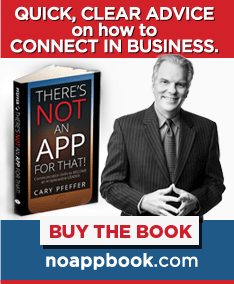Have you ever explained something to a colleague and they totally get it – then the next person gives you a blank stare? What just happened? And why doesn’t everyone see this is so obvious! As a communicator and a leader, you’ll forever be adjusting to the different learning styles of the people you work for/with. It’s just reality. But what if you could plan for it and have systems to make it all work more easily? Well, here’s a great way to start.
Learn the personalities of your team: If you haven’t done this yet, don’t wait another day. There are on-line and for-purchase personality testing tools available and they are amazingly accurate. Several I’ve taken have been almost spooky in how closely they nail who I am and how I best take in information. Are you dealing with a visual, auditory or perhaps a kinesthetic learner? (The last version is the person who learns best by carrying out a task to engage their entire body in the new information they are processing.) If you don’t know this about your team or client you could be completely missing the boat with almost every answer you provide. At the very least, simply ask them what kind of a learner they are, because they may know.
Be prepared to use more tools: While the personality test will help you fine tune your communication, what if you are in front of a group? That’s where you can start to use everything in your tool box. Some points can be delivered verbally, some with a slide to help explain the concept, and some may require they get out of their seats and move! Maybe a movie clip will bring home an idea perfectly, or a cartoon could win the day. How about if you bring out a flip chart and start drawing? The more ways you try to connect with the audience, the more possibilities you have for your ideas to take hold.
Listen very carefully: Your most valuable communication tool is listening, so be prepared to put your listening skills on hyper-drive when in an important conversation. Trying to figure out this new client or boss? The better you pick-up on everything being communicated, the better you will connect in the long run. What is their body language telling you? How about their voice tone? Nothing should be outside your focus, including your “gut feeling” which can sometimes be ignored at your own peril.
When in doubt, tell a story: Ready to throw up your hands? When in doubt about your ability to reach your audience, tell a story. All of us have a little bit of universal wiring which includes our connection to stories. We naturally put ourselves in the story and the next thing you know the person you are talking to feels connected to the topic AND to you. Want extra credit? Make the story a bit ‘confessional,’ where you share a mistake or a failing. And because you’ve used your listening skill, the story should have some natural connection to the audience.
The reality is we all learn differently. The sooner we realize that, the quicker we’ll adjust to the people right in front us and we’ll then do a better job of connecting. I believe a connected world is always better.
Follow along with Cary on Twitter @CaryPfeffer
Cary Pfeffer is the founder of ClearComm Consulting, www.clear-comm.net, a Phoenix, AZ-based communications consulting firm which is helping people tell their story. He works with clients to make the most of their media and live audience communication. Email him at: [email protected].

